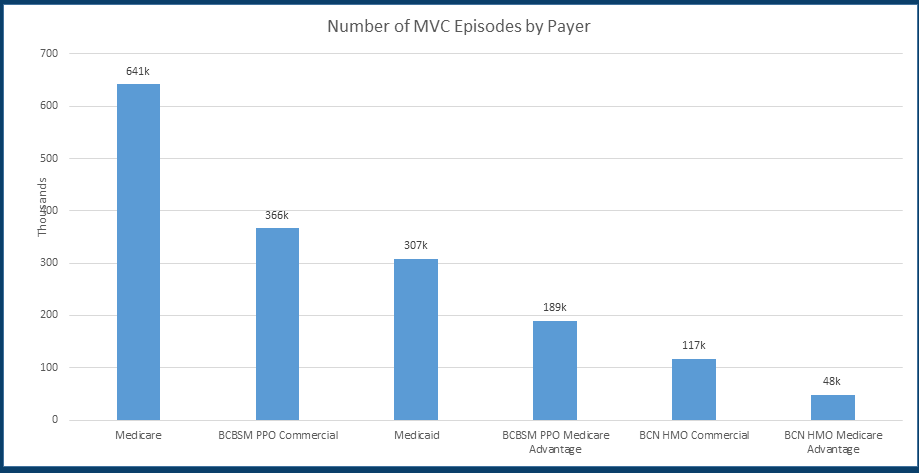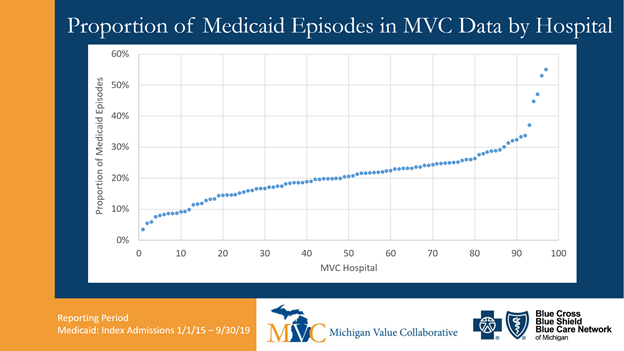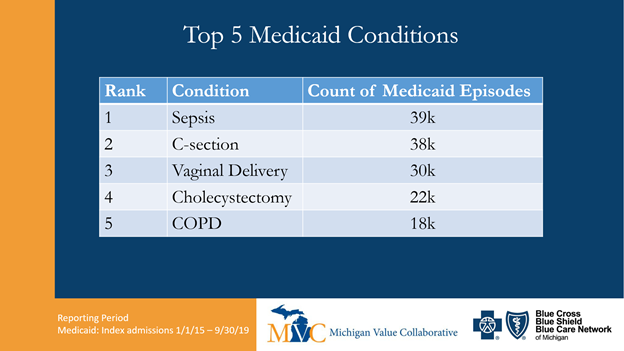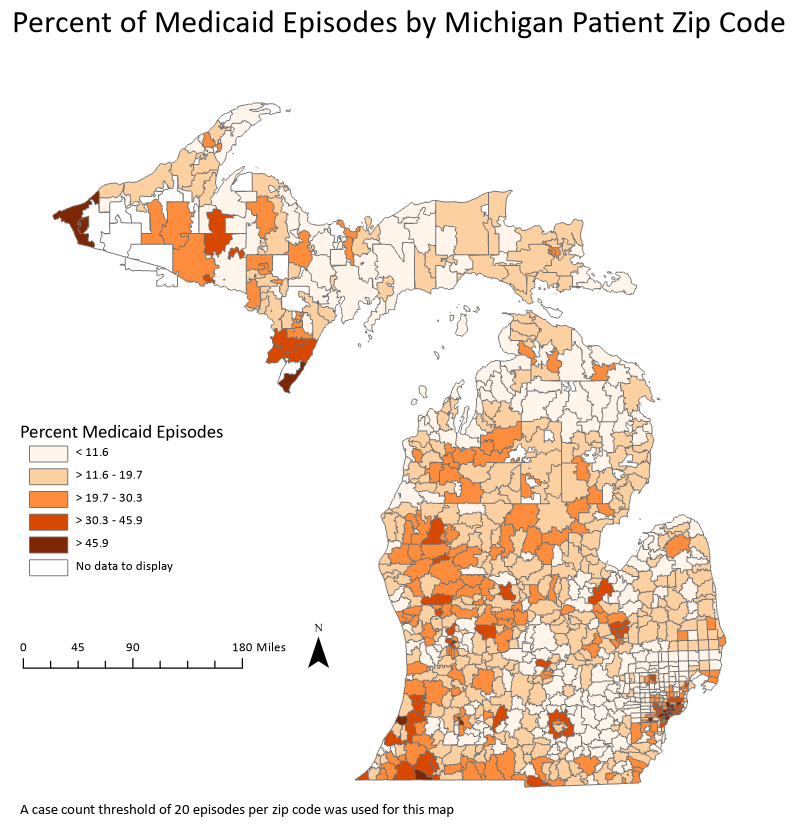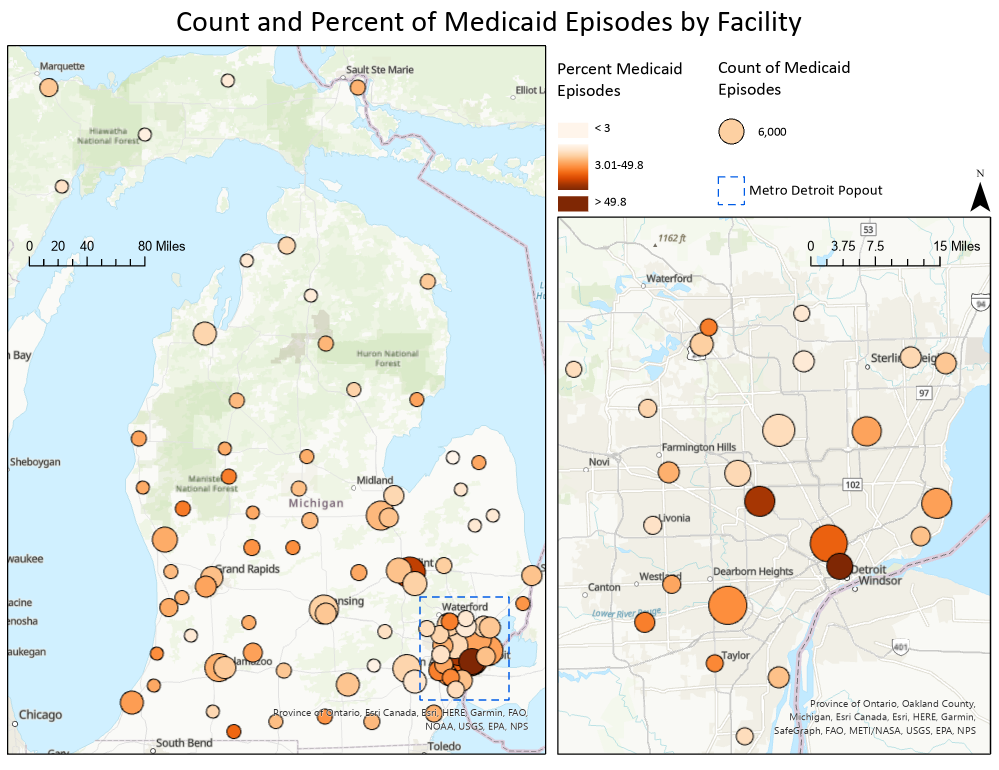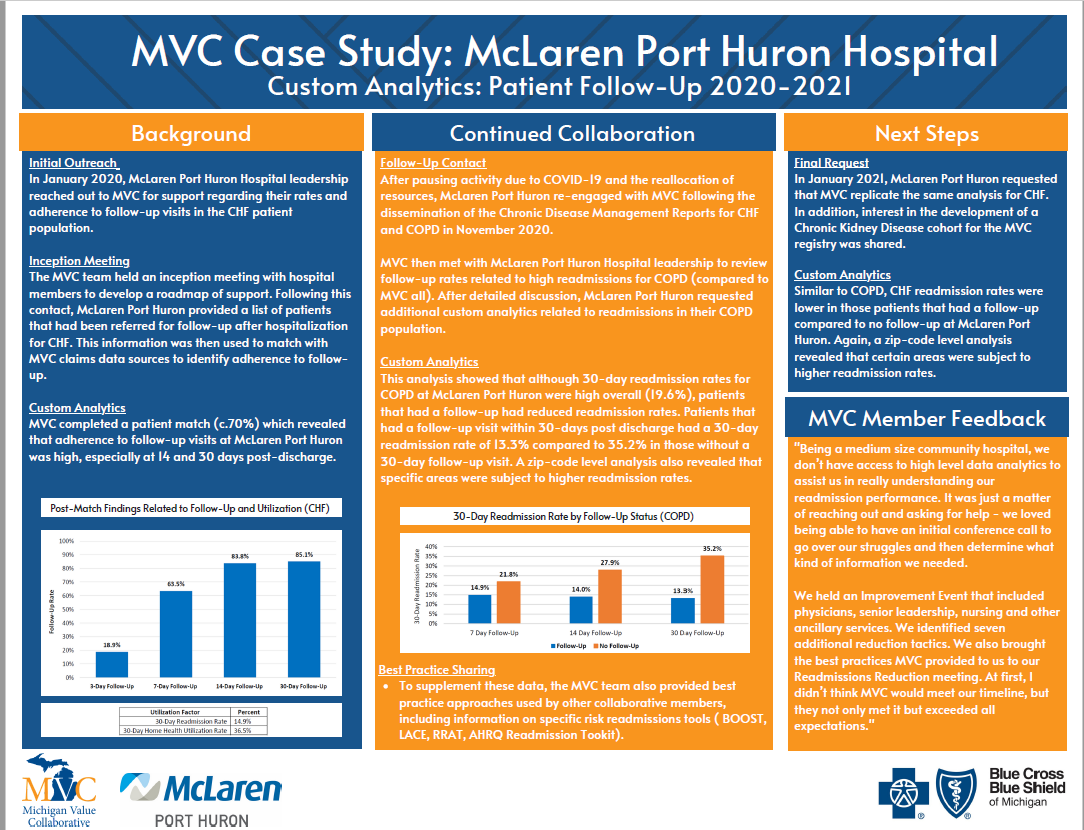Hospital quality improvement teams have an increasingly difficult task ahead. Their efforts to improve quality of care across a wide range of medical services must be balanced with the need to expand their facility’s capacity, ensure proper handling of sensitive data, adhere to strict procedures, cut costs, and adapt to the limitations of a pandemic. This work poses challenges both organizational and operational. Even though patient care is the primary focus for hospital staff, they must maintain a constant stream of paperwork and other administrative tasks such as data entry, scheduling appointments, billing, and managing claims paperwork. Robotic process automation (RPA) presents an opportunity to decrease these administrative costs and streamline some operations.
RPA is defined as software that can automate repeatable, rule-based processes. RPA interacts with the assigned applications in the same way that a human does, logging into a given system and following a defined set of keystrokes and rules. It is not the same as artificial intelligence (AI)—there is no decision-making capacity. RPA can only offload manual, high-volume computer processes. The primary benefit of RPA, therefore, is its ability to free up time for humans to complete more complex tasks, such as interfacing with patients or interpreting data.
RPA is a burgeoning field recommended by consulting groups such as Deloitte, McKinsey, and Bain & Company. Although RPA hasn’t had sufficient time to make its way into academic literature, it is spreading quickly in all types of industries. For example, according to Deloitte’s Global RPA Survey, more than half of their 400 respondents from multiple industries were already pursuing automation with as many as 72% looking to add RPA in the next two years.
“RPA exceeds adopters’ expectations not only when it comes to the rapid rate of ROI increase, but also when it comes to facilitating compliance (92%), improved quality and accuracy (90%), or improved productivity (86%),” the report read. The report also suggests that the benefits of utilizing RPA may include cost reductions, boosts to productivity, more stable workflows, and fewer human errors, among others (see Figure 1).
Source: Summit Healthcare
Healthcare as an industry has the potential to significantly benefit from offloading administrative tasks to bots. According to McKinsey, the healthcare sector has the potential to automate around 36% of tasks. They suggest that the greatest potential for healthcare payers is in areas such as claims processing, customer service, and billing activities (see Figure 2).
Hospitals and health systems have pursued RPA in these areas as well and found success. One example written about in Forbes recently described the efforts of Baylor Scott & White Health (BSWHealth), an academic medical system with 52 different hospitals and the largest not-for-profit provider in Texas. BSWHealth uses RPA to automate “claim statusing” in its insurance collections department. The bot helps to check the status of outstanding insurance claims that, previously, a human employee would have to do by logging into multiple payer websites or placing phone calls. The RPA bot uses screen-scraping technology that mimics keystrokes the employee would enter to obtain claim statuses from payers. As a result, an abundance of claims—those that are accepted and scheduled to be paid—never clutter the employee’s desk. Instead, the employee only sees those that are denied and require human attention, resulting in outstanding claims being addressed faster. BSWHealth is pursuing a variety of RPA projects like this one across all of its revenue cycle departments. They reduced their total FTEs by over 20% while simultaneously reducing payer denials by 20%.
Success stories like this one are particularly exciting for hospitals struggling to manage their case load amidst the pandemic. Daily operations and procedures have been severely impacted financially and operationally by coronavirus. A recent survey conducted by the World Health Organization identified that almost half of the countries surveyed (49%) reported strains on their ability to treat diabetes, with 42% reporting the same for cancer and 31% struggling to properly manage cardiovascular emergencies. As a result, companies are pursuing automation opportunities more than ever before (see Figure 3), with Bain & Company reporting as many as 81% of hospitals pursuing RPA initiatives.
Still, according to a 2019 white paper by The Economist, “extensive” use of automation is only used by half of healthcare organizations, and healthcare in general is among the most resistant to adopting it. Some healthcare organizations remain cautious for a variety of reasons, including concerns about initial investments, maintenance costs, and the possibility of failure. The same white paper also proposes that data privacy and security concerns might be a significant hinderance to RPA efforts, as well as a deficit in the skill sets needed to develop the bots.
Plus, any discussion of RPA sometimes begets fears about job replacement. In some scenarios, health systems have seen an overall decrease in FTEs after putting RPA initiatives in place. However, the overall goal is usually to reallocate effort toward more high-level, cognitive projects in a way that increases productivity without replacing people. If an administrative task requires no higher-level thinking, then giving it to an RPA bot will free up time for clinical staff to attend to patient care rather than paperwork. In fact, according to Harvard Business Review, most new adopters of RPA have promised their employees that it won’t result in layoffs.
Despite hesitations, health systems are likely to test out RPA projects in the coming years in response to the current state of affairs. Hospitals have been forced over the past year to find efficiencies where they can. RPA bots appear to have the potential for a variety of benefits, not the least of which is flexibility to redeploy personnel to areas in need of increased staffing. As RPA begins to make its way into the literature, it will be important to consider research findings about best practices going forward.
It will also be helpful going forward to share lessons learned with peer institutions. One of the goals of the MVC Coordinating Center is to support collaboration and idea sharing across its membership. If any member is implementing RPA projects and would be interested in sharing their experience with others, please contact the MVC Coordinating Center team at michiganvaluecollaborative@gmail.com.

